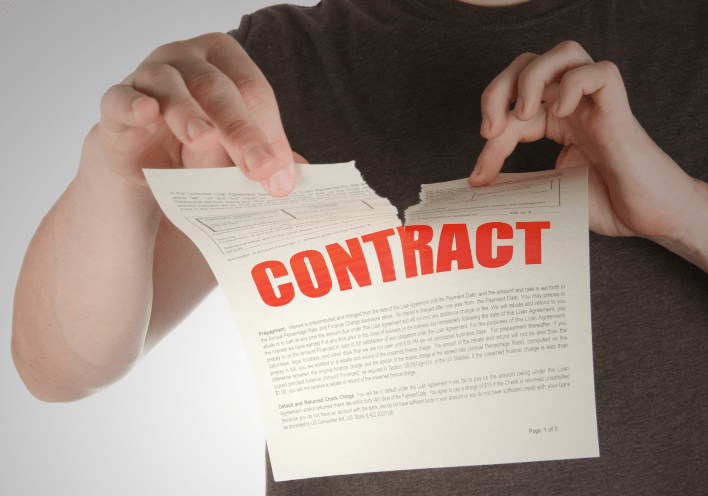The journey to exit a timeshare can be a complex and time-consuming process. Understanding the timeshare exit timeline and having realistic expectations about the duration of the exit is essential. In this article, we will explore the factors that influence the timeshare exit timeline, potential challenges, and tips for navigating the process effectively.
1. Factors Affecting the Exit Timeline
The timeshare exit timeline can vary significantly from one case to another. Several factors influence the duration of the process:
a. Type of Timeshare Ownership: The type of timeshare ownership, whether it’s a deeded, right-to-use, or points-based ownership, can impact the exit timeline.
b. Resort Policies: Resorts have different policies and procedures for exits, which can either expedite or delay the process.
c. Exit Method: The chosen exit method, whether it’s selling, transferring, or negotiating, can significantly influence the timeline.
d. Contract Provisions: The terms and conditions outlined in your timeshare contract, such as rescission periods and exit clauses, play a vital role.
e. Legal Complications: Any legal challenges or disputes related to your timeshare can lead to longer exit timelines.
f. Exit Company or Attorney Involvement: If you’re working with a timeshare exit company or an attorney, their efficiency and effectiveness can impact the exit duration.
2. Understanding the Rescission Period
In many countries, timeshare contracts include a rescission period during which buyers can cancel the contract without penalty. Understanding the duration of this period and the specific requirements for cancellation is vital. Typically, the rescission period ranges from a few days to a few weeks after signing the contract.
3. Typical Exit Timelines
While every timeshare exit is unique, here are some typical exit timelines based on various exit methods:
a. Self-Help Solutions: Attempting to exit a timeshare independently can take several months to a few years, depending on the complexity of the case and the resort’s cooperation.
b. Selling the Timeshare: Selling a timeshare on the resale market can be a lengthy process and may take several months to years. Success largely depends on market demand and pricing.
c. Transferring or Gifting: Transferring or gifting a timeshare to a family member or friend can be relatively quicker, often taking a few months, provided there are no complications.
d. Negotiating with the Resort: Negotiations with the resort can vary in duration, but a successful negotiation can lead to a shorter exit timeline compared to other methods.
e. Working with an Exit Company: Engaging a timeshare exit company can result in an exit timeline of several months to a few years, depending on the complexity of the case and the company’s effectiveness.
f. Legal Proceedings: In cases involving legal action or disputes, the exit timeline can extend to several years.
4. Challenges and Delays
Various challenges and delays can prolong the timeshare exit process:
a. Resort Obstruction: Some resorts may intentionally delay the exit process to keep owners under contract.
b. Resale Market Challenges: Selling a timeshare on the resale market can be difficult due to limited demand and low resale values.
c. Complex Contracts: Timeshare contracts can be complex, with intricate terms and conditions that may complicate the exit.
d. Legal Proceedings: Legal disputes, court cases, or challenges related to the timeshare contract can result in extended exit timelines.
5. Tips for Navigating the Timeline
To navigate the timeshare exit timeline effectively:
a. Set Realistic Expectations: Understand that the process may take time, and unexpected delays can occur.
b. Gather Documentation: Organize all relevant documents, including your timeshare contract, correspondence with the resort, and any legal paperwork.
c. Seek Professional Help: Consider engaging a reputable timeshare exit company or an attorney experienced in timeshare law to expedite the process.
d. Communicate Clearly: Maintain clear and consistent communication with all parties involved, including the resort, exit company, or attorney.
e. Be Patient and Persistent: The exit process can be frustrating, but patience and persistence are crucial to achieve a successful exit.
Conclusion
Navigating the timeshare exit timeline requires an understanding of the factors that influence the process and realistic expectations about the duration. Whether you choose to exit independently, work with an exit company, negotiate with the resort, or explore legal options, it’s essential to be prepared for potential challenges and delays. By following the tips provided, you can navigate the process more effectively and work toward a successful timeshare exit.




